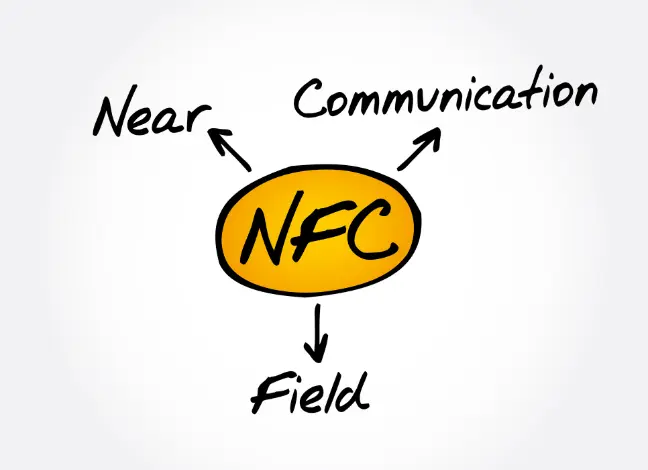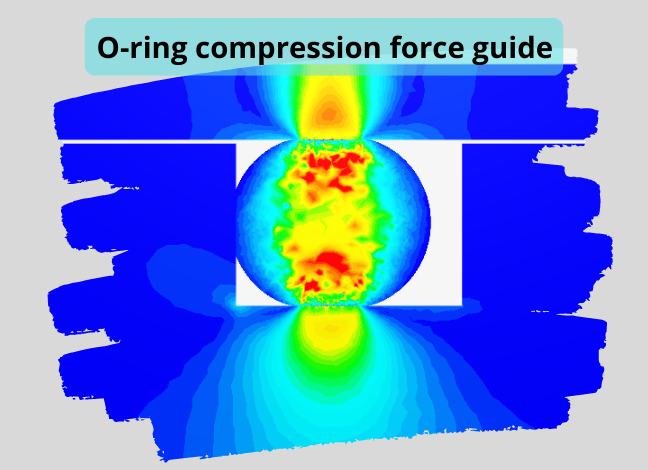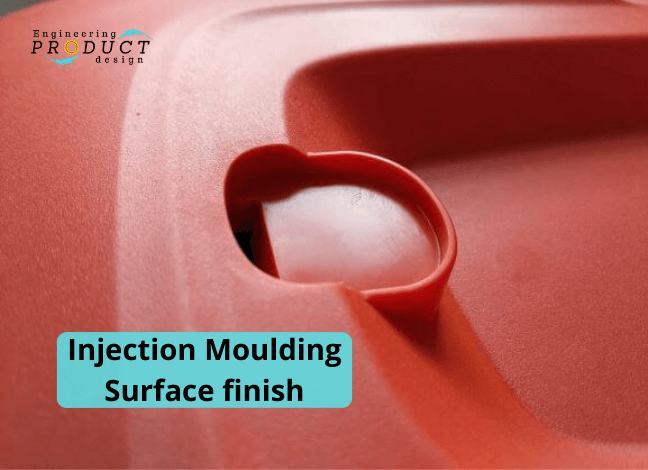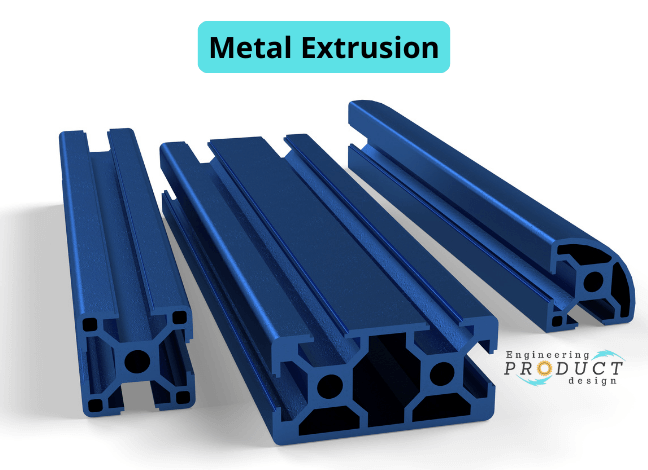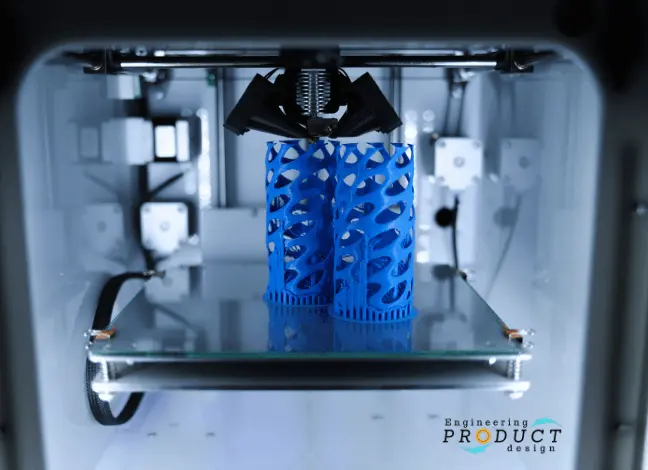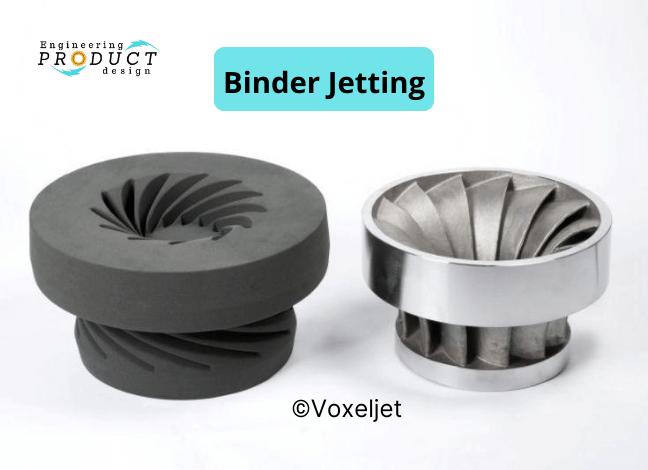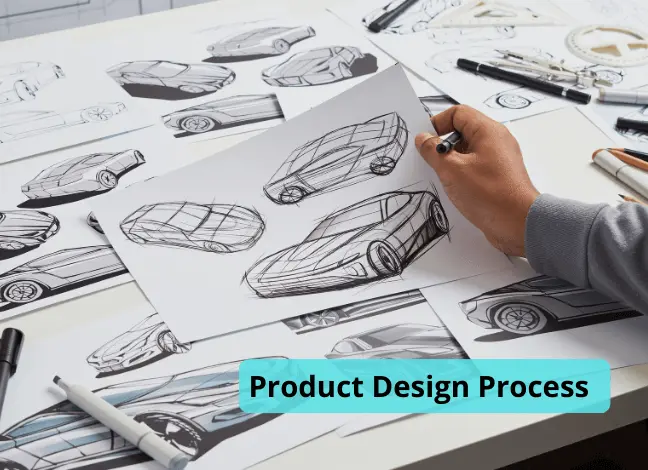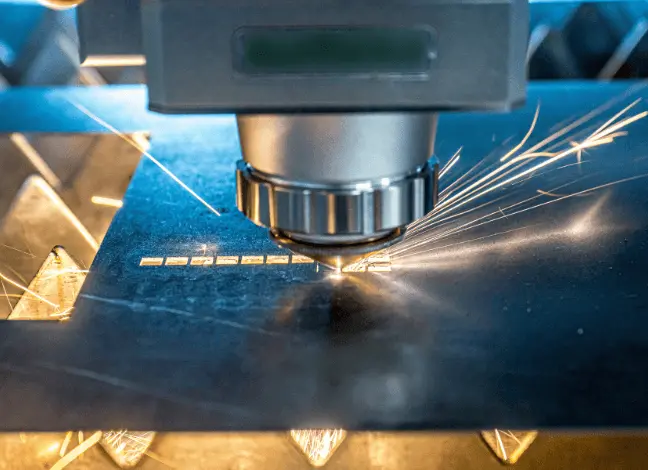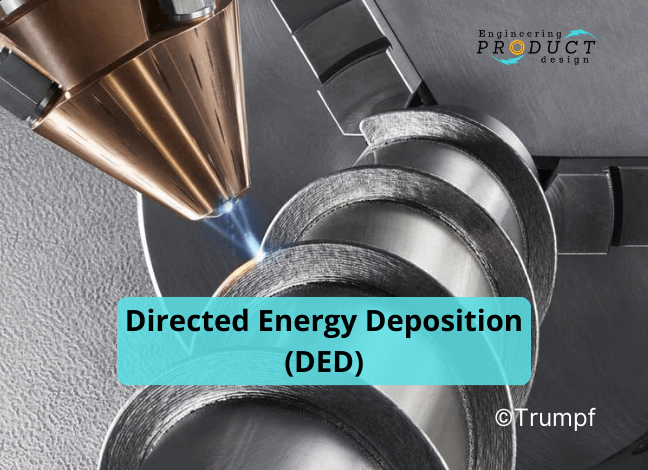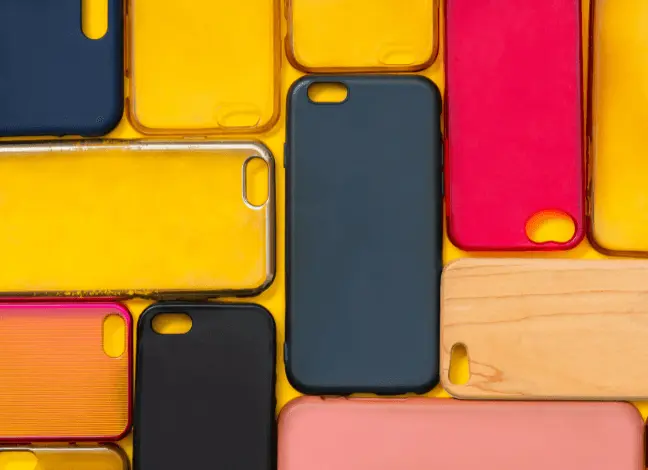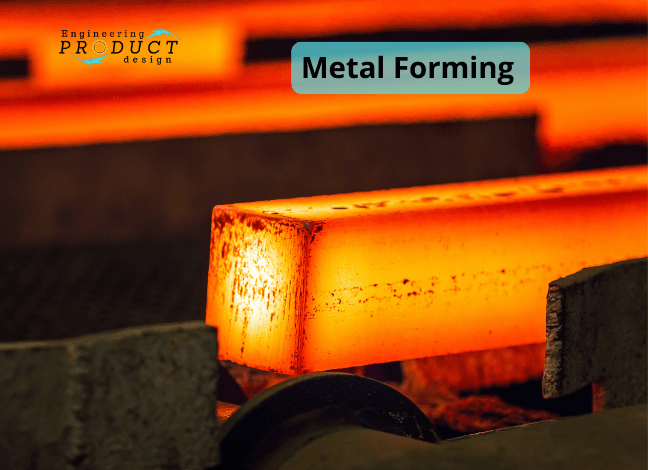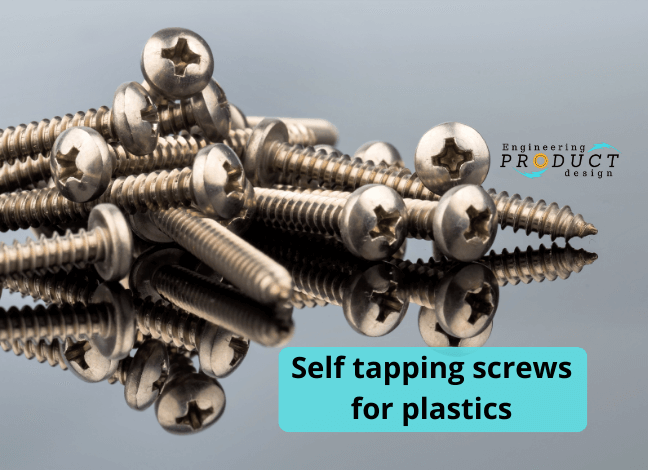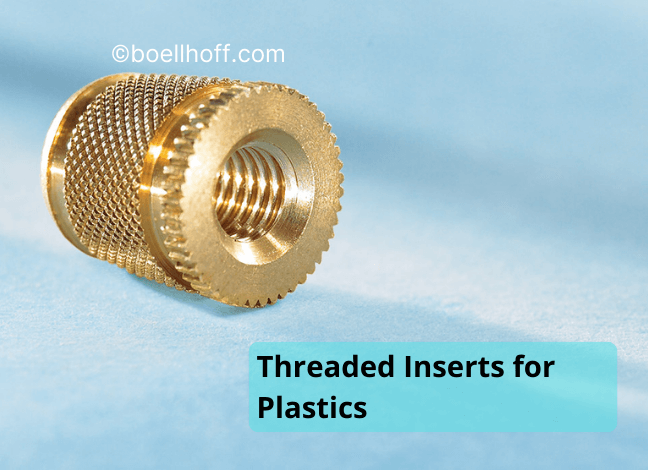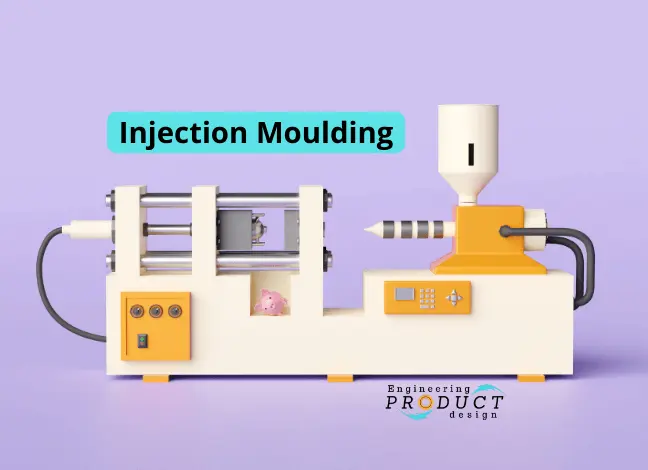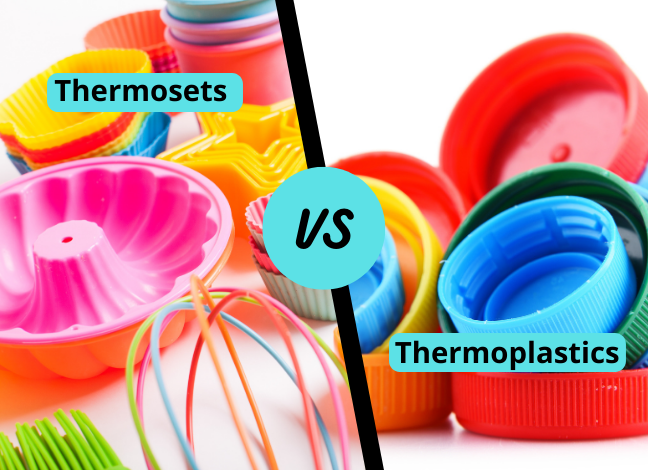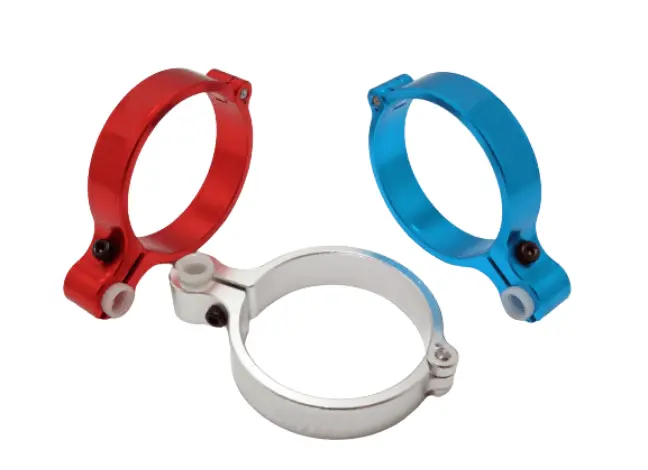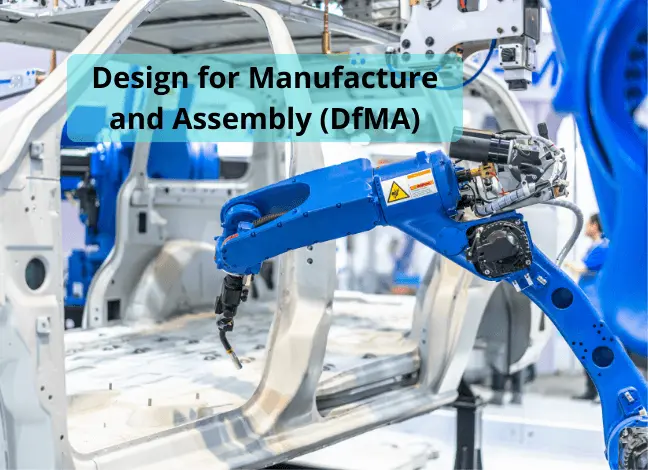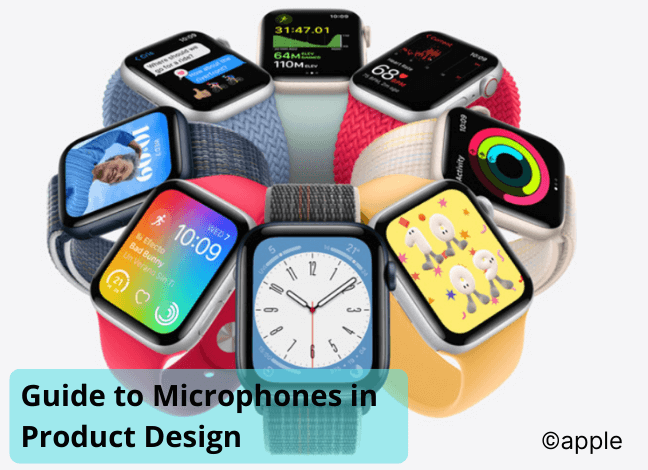Learn to design better products for 3D printing, CNC machining, injection moulding, casting and sheet metal fabrication and how to use DFMA techniques. Explore materials and post-processing methods.
- All
- 3D Printing
- Additive Manufacturing (AM)
- Casting processes
- Design for Manufacture & Assembly
- Electronics in Product Design
- Engineering Design Analysis
- Injection Moulding
- Machine Elements
- Manufacturing Processes
- Materials in Product Design
- Mechanical Design
- Mechanical Transmission
- Metal forming
- Product Design Guides
- Product Design Process
- Sensors & Actuators
- Tools and Techniques
Latest articles
Editor’s Pick
Manufacturing processes
Compression Moulding
June 12, 2024
Compression moulding is a manufacturing process which uses heat and pressure to mould plastic resins and thermosets into a desired shape
Advanced Machining Processes
June 11, 2024
Advanced machining processes are cutting-edge techniques used to shape, cut, or remove material from a workpiece
Metal Forming
May 30, 2024
During metal forming, the metal is plastically deformed by a force that exceeds the material yield strength where strain hardening occurs
Design Guides
Self-tapping screws for plastics
November 19, 2021
Self-tapping screws for plastic form or tap its threads when screwed into plastic and are installed into pre-drilled or moulded pilot holes
Mechanical Design
Threaded Inserts for Plastics
December 27, 2022
Threaded Inserts for plastics provide reusable metal threads and secure tight threaded joints in thermoplastics and thermosets. These threaded inserts have more pull-out force on a mating part than a self-tapping screw in plastics. They are also designed for easy and fast installation into plastics using in-moulding, cold, heat or ultrasonic pressing.
O-ring compression force
December 19, 2022
Injection moulding surface finish design guide – DfM
December 27, 2021
Additive Manufacturing
Material Extrusion – Fused Deposition Modeling (FDM)
June 21, 2024
In the material extrusion, plastic filament is fed through a heated extruding nozzle and deposited onto the building platform layer by layer.
Material Jetting
June 21, 2024
Material Jetting is one of the 7 types of Additive manufacturing technologies in which droplets of material are selectively jetted and cured to form part
Binder Jetting
June 20, 2024
Binder Jetting is an Additive Manufacturing process in which a binding liquid is selectively deposited to join powder material together to form a 3D part
Injection Moulding
Injection Moulding
February 2, 2023
Plastic Injection moulding is a widely used manufacturing process to produce plastic components due to its affordability, effectiveness, and high reliability.
Threaded Inserts for Plastics
December 27, 2022
Threaded Inserts for plastics provide reusable metal threads and secure tight threaded joints in thermoplastics and thermosets. These threaded inserts have more pull-out force on ...
Thermosets versus Thermoplastics
December 8, 2022
Thermoset plastics and thermoplastics sound similar, but their properties and applications differ vastly
More articles
What is Anodising – DFM guide to Anodising
November 29, 2023
Guide to Internet of Things (IoT)
April 21, 2023
Guide to NFC in product design
April 14, 2023
Design for Manufacture and Assembly (DfMA)
January 4, 2023
O-ring compression force
December 19, 2022
Guide to Microphones in Product Design
October 22, 2022
